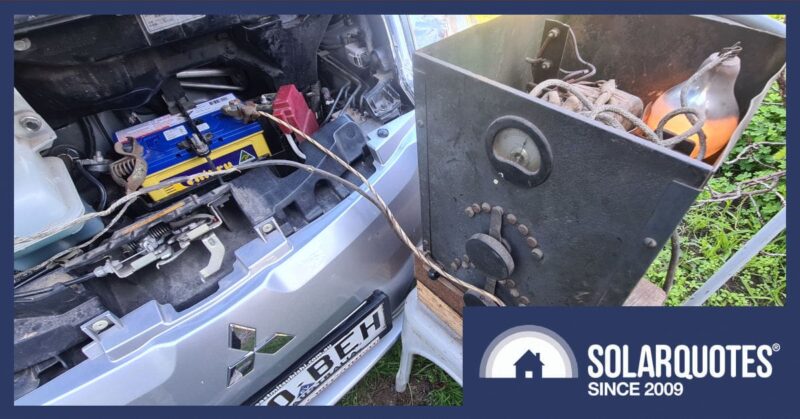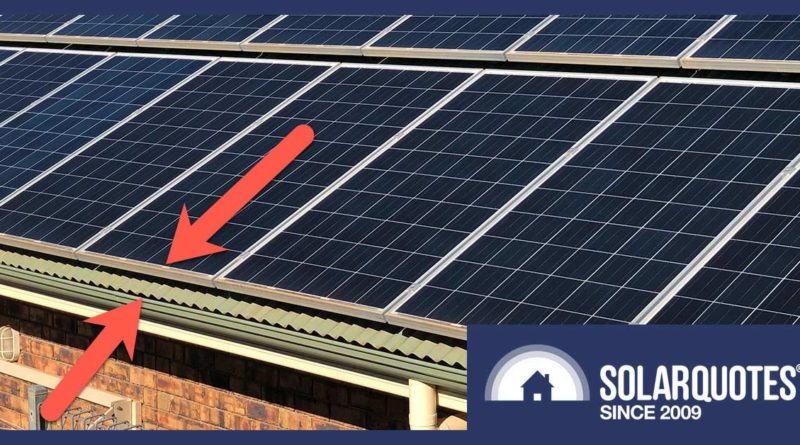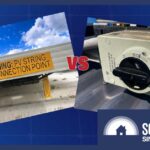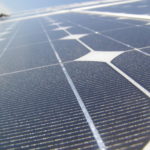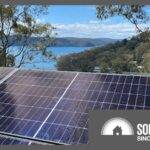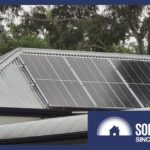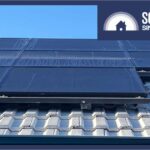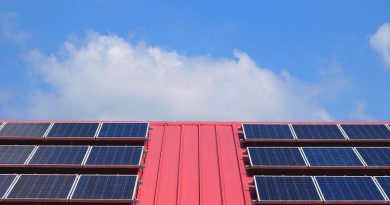The Pragmatist’s Guide to Violating Solar Panel Exclusion Zones
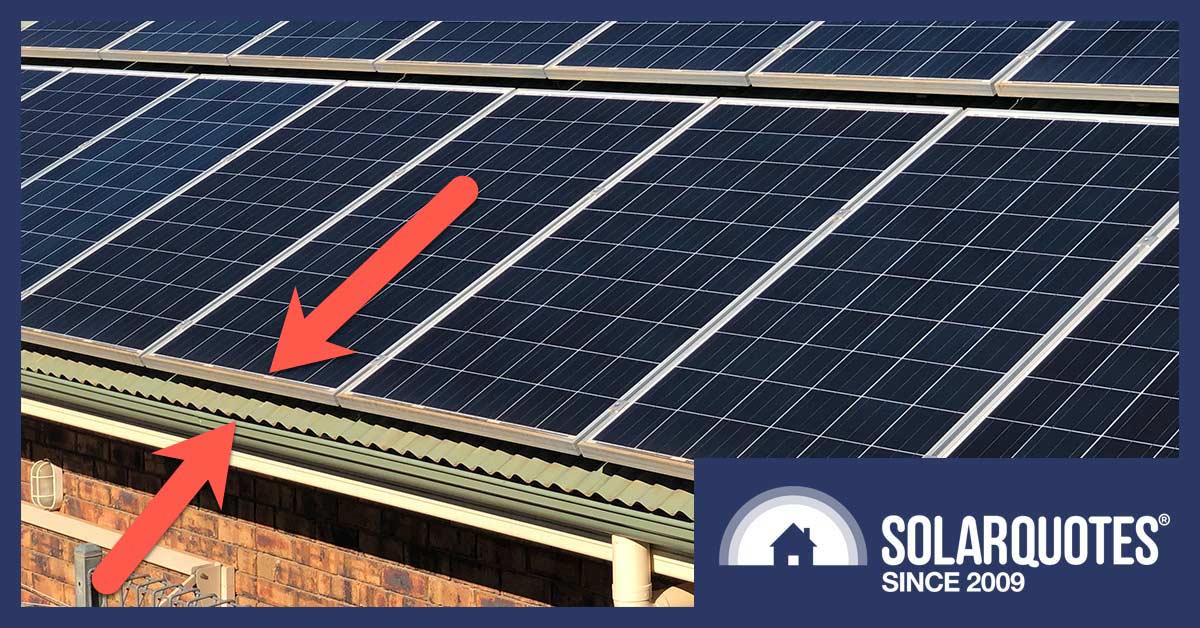

When it comes to installing solar arrays on buildings, one particularly edgy subject is exclusion zones. It seems nearly every solar framing system has copied their competition’s homework. So when it comes to the edge, hips, ridges or gables of a roof, 200 mm is generally as close as you can go; at least according to the framing installation instructions.
And because AS5033 – the Australian Standard for solar installations – dictates you must follow the manufacturer’s instructions, what the manufacturer says must be followed.
That also includes the solar panel manufacturers’ installation instructions; which will mandate ‘clamp zones‘: the areas of the panel that can be clamped.
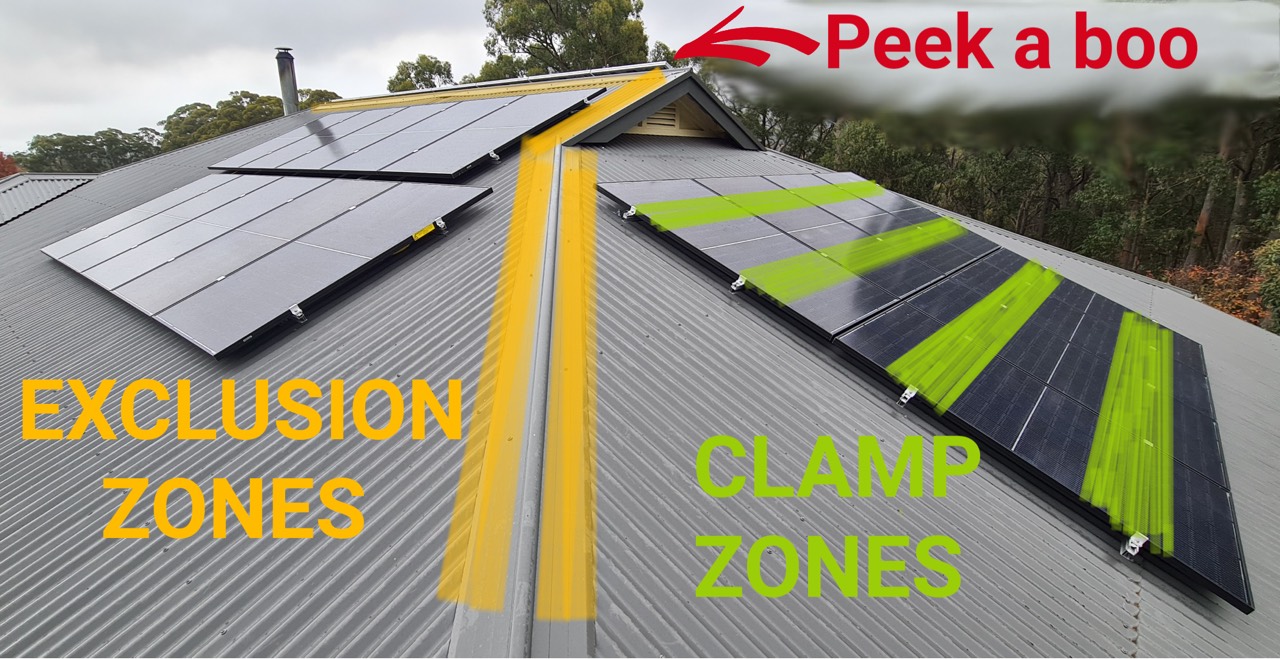
What’s that peeping over the top of the house? Why, it’s legacy solar of course.
This post will focus on exclusion zones.
Conservative solar installers say no part of any panel shall ever enter this zone where danger lurks, and often err on the small side when designing your solar array – for fear of encroaching the exclusion zone by even a centimetre.
Your more pragmatic installer, looking to maximise the solar potential of the roof, will measure up the available space and make decisions that could open them to lively conversations with other electricians, or worse – a black mark from an inspector. But as always, there are a few factors to consider.
Solar panels have suffered model creep. Like cars, they grow bigger and heavier every season – to the point the latest Toyota Corolla could swallow the original Corolla whole, burping like a bloated toad. The solar panel form factor is pretty standard; these days a little over 1 m wide and either 1.75 or 2.1 m tall. Roofs aren’t so consistent. When you have limited space and very coarse increments of coverage, there is often a very good case for pushing the boundaries on exclusion zones.
This leads us to solar, the tradespeople who install it, and the spirited debate (or bitching) that occurs when AS5033, various building codes and manufacturers’ specifications collide headlong with the supreme overarching requirement – “but what does it look like from the street?”
Exhibit A: Bent rules
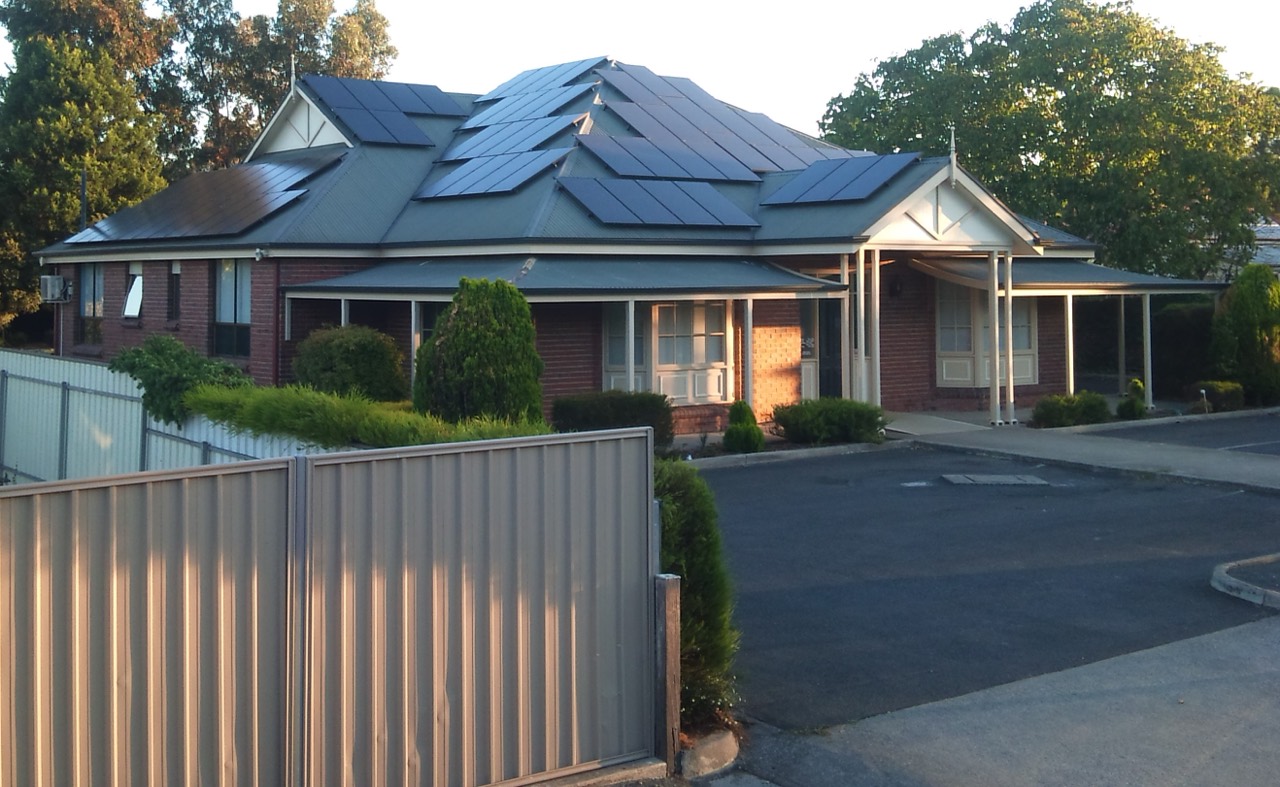
Aesthetics is one thing; generating 88 kilowatt-hours a day is something else… for this customer, it’s function over form, and he couldn’t be happier.
Exhibit B: Mulched Rules
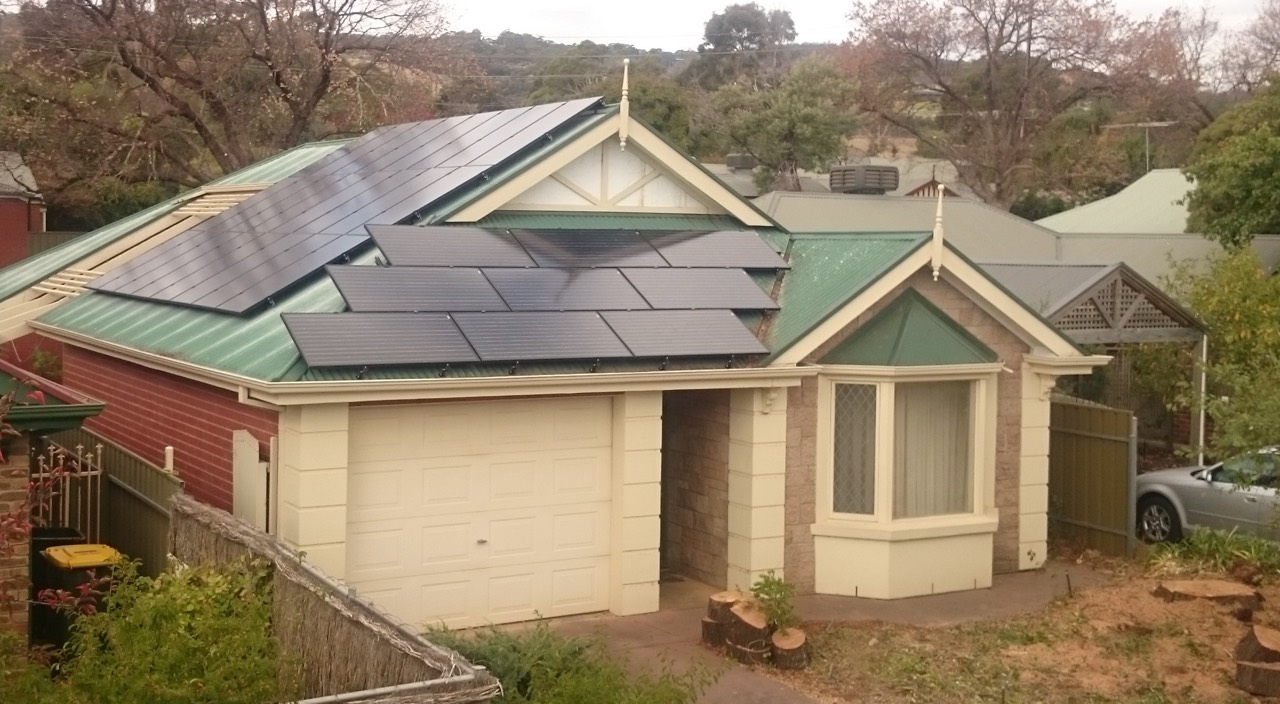
Clamping and exclusion zones were briefly considered here, but soon went the same way as the tree in the front yard.
For the want of one corner on one solar panel poking toward an angled hip (which might preclude two panels for electrical reasons), you can lose 350 kWh per year in yield. Things can be dramatically worse if, say, your chosen roof plane is 3.8 metres tall, and you lose half your proposed system for the want of 100 mm.
Landscape Panel Orientation Can Often Help
What about landscape? Often the choice of a better class of installer, running solar panels in landscape orientation (and support rails vertically) means you have greater flexibility in module placement. There’s lots to recommend it, more fixings into the building for strength, modules better supported with structure right where it needs to be (they call it a clamping zone).
But with more parts, it takes more time to execute and aesthetically leaves you with more rail ends and brackets hanging out the bottom and top edge of the array.
As an example, if we have a theoretical roof plane 3.8 m tall and 5.8 m wide, 9 modules in landscape has a nice conservative footprint of 3.3 x 5.25. If we make this array into a portrait install (and there are roof purlins to support it), 10 modules cover 3.5 x 5.5 m, leaving the array 50mm “over the edge” and technically non-compliant, despite actually still being inside the statutory limits for purlins that your iron roof is screwed to.
Bear in mind you might come home to find the roof isn’t screwed to the house if you’re in Queensland…
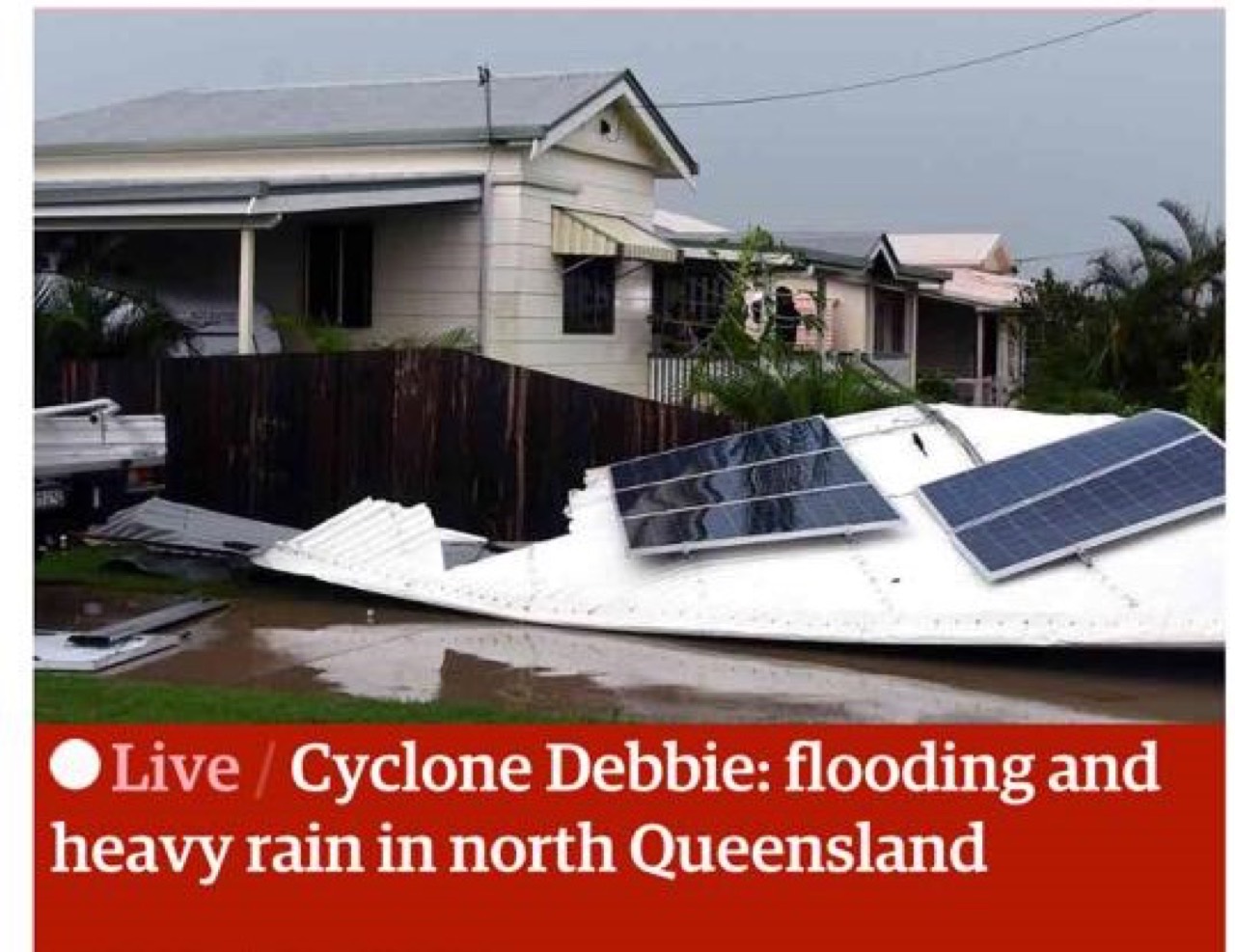
Image: The Guardian
If we took the landscape array mentioned and then, just for giggles, added an extra three modules across the top, these would be half a solar panel hanging over and above the ridge of the roof. And there would be a lot of pearl-clutching, wailing about aesthetics and cries of exclusion zone non-compliance, mainly by those electricians who aren’t in receipt of the much-improved electricity account, or possibly the neighbours.
Overhangs or pitched angle frames require council planning permission plus third-party engineering on the frame and the building these days, so I couldn’t possibly recommend1 such an approach. However, I could point to dozens of examples that are still firmly attached to the roof after 10+ years. In fact, it’s been observed by a few installers that during extreme weather events such as cyclone Yasi, not only have the solar modules held on, they appear to have held the roof on too.
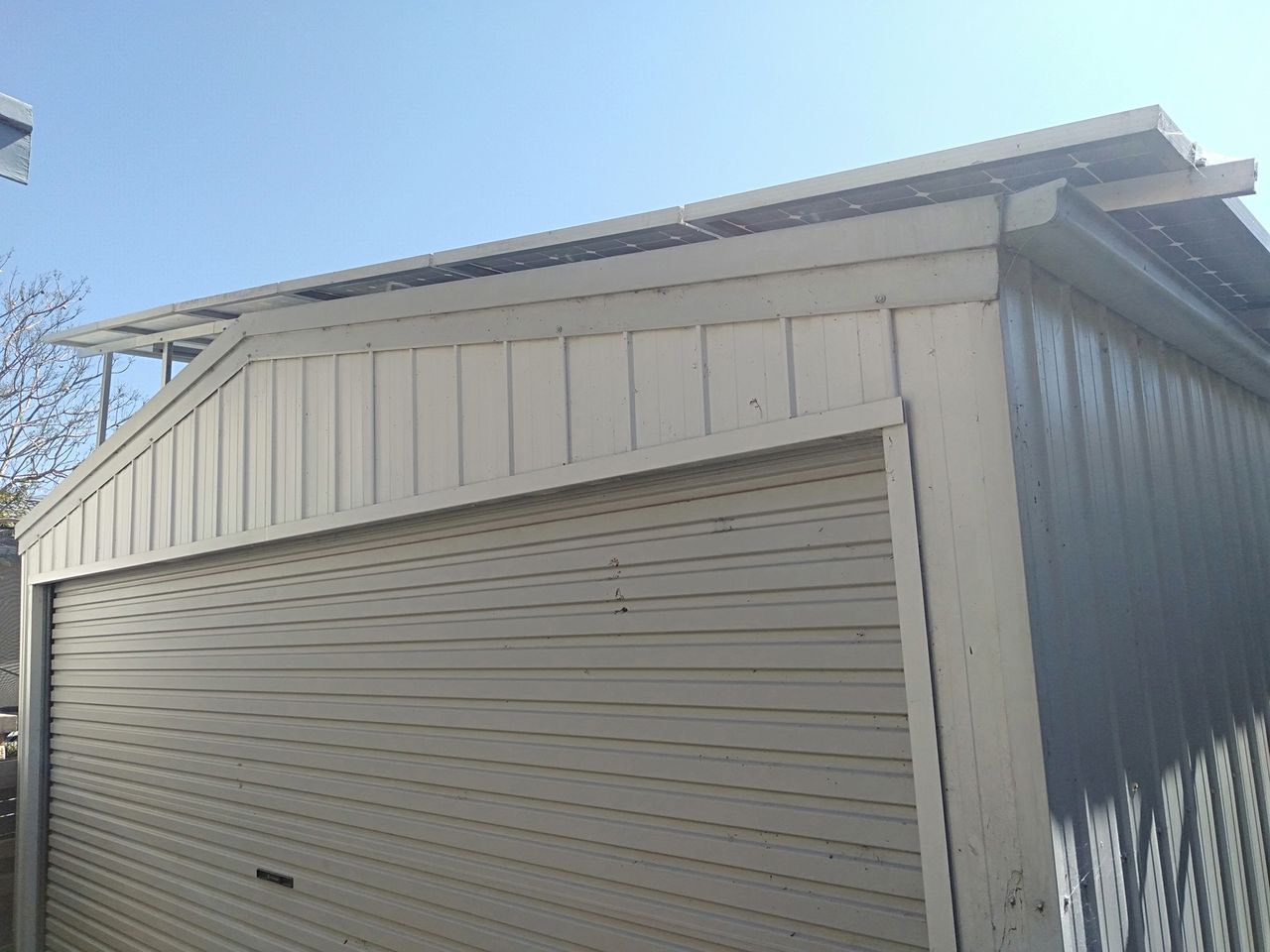
It was hot in the shed. Inspired by the LandRover that he was always working on, Gerald decided a tropical roof would be a useful layer of insulation. His thoughts didn’t extend to water sluicing off the panels or ever cleaning the gutter.
Creativity (And Coffee) Required
I have experienced first-hand the installation day drama of an incorrect measurement, a new air conditioner or, most recently, a change in panel spec that required 12% more roof space to meet the contracted system size. For the record, it was 36 modules, 13 kilowatts of solar panels, on four roof planes, powering two inverters and a future battery and electric car. Phew.
Overcoming exclusion zone challenges on a small retirement home sometimes requires a little creativity, some extra material or a relaxed interpretation of the book. Please remember your installers are there to solve the problems; plying them with coffee helps, loitering doesn’t.
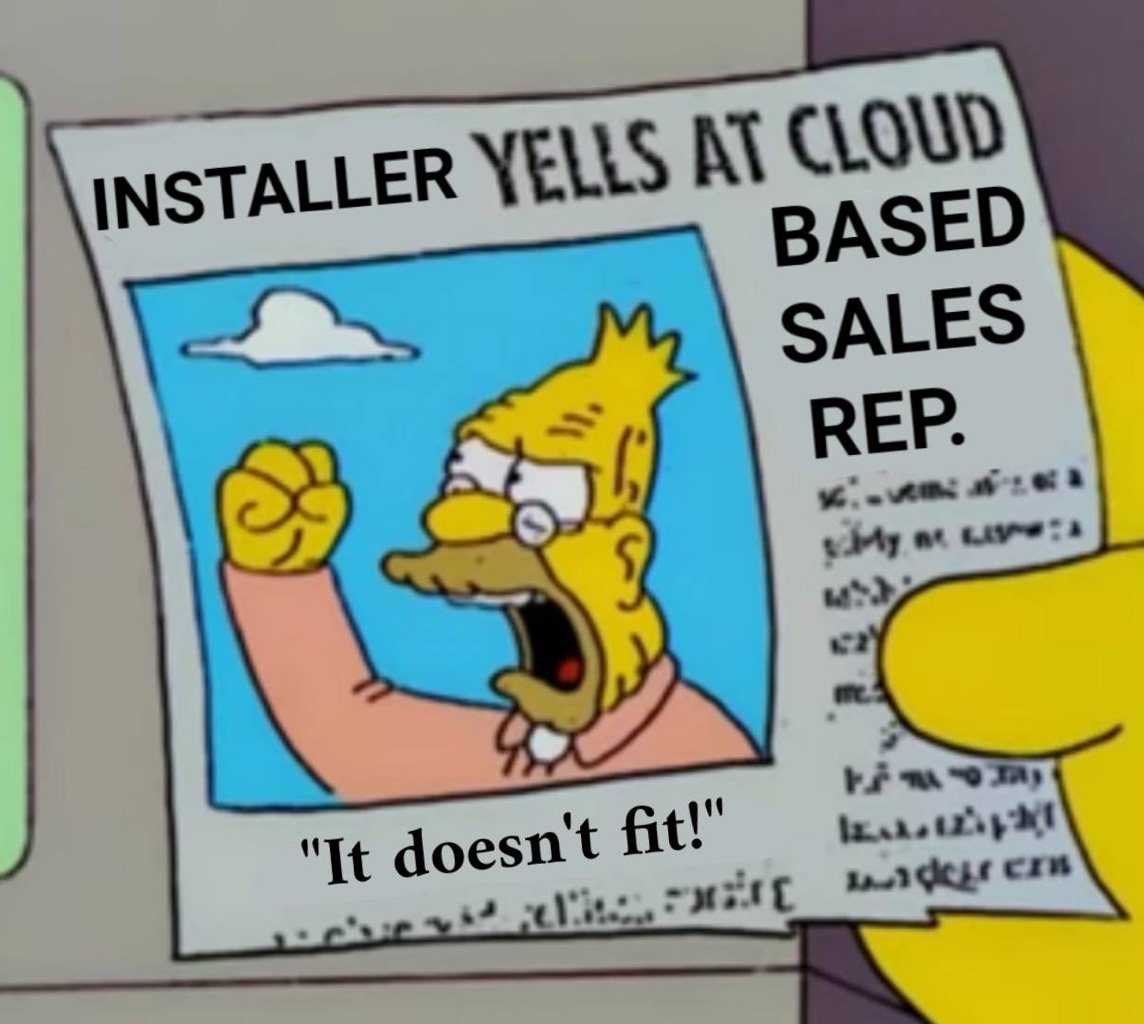

So, what are we to make of exclusion zones? Unless you have site-specific engineering or special framing2, the black letter of the installation manual says there is a 200 mm exclusion zone around any roof plane you own that can’t be occupied by a solar module. Many other obstacles can contribute to available space, including screw lines in a metal roof or immovable ridge tiles.
However, if space is at a premium and you decide, as people increasingly are, you need a big-ass home generation station, it’s best to engage an experienced installer who knows the wind zone, terrain class, local conditions and can make a judgement call on exclusion zones.
Gratuitous overhang probably isn’t worth considering and in many jurisdictions won’t pass audit, but higher quality modules with greater wattage per square metre, along with a sensible approach to the rules and guidelines, can make the difference between a good yield and delightful excess.
Footnotes
- In 14+ years of selling, installing, maintaining and fault-finding solar systems, I’ve heard a few complaints but never met a customer who’s protested, “we installed too much solar!” It’s always quite the opposite.
- As an example I’m familiar with (and gratuitous plug), Solar Depot use a proprietary frame system that actually makes roofs stronger. But like many Australian innovations, sadly it’s being priced out of existence. Clenergy also deserve a shout out here as they will engineer their framing for special requirements. When a solar electrician recently used their hardware to mount a basketball ring on his garage roof, Clenergy saw the photos and produced engineering documentation to certify the installation was good.
Original Source: https://www.solarquotes.com.au/blog/panel-exclusion-zones/

